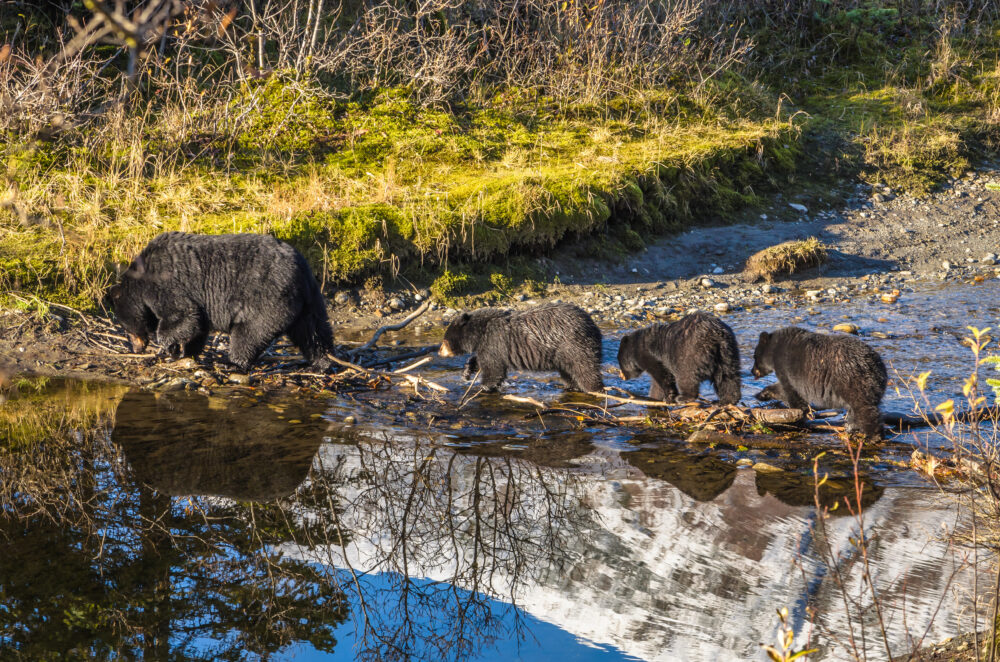We have much more to do and your continued support is needed now more than ever.
An Urgent Message for All People Who Love Birds
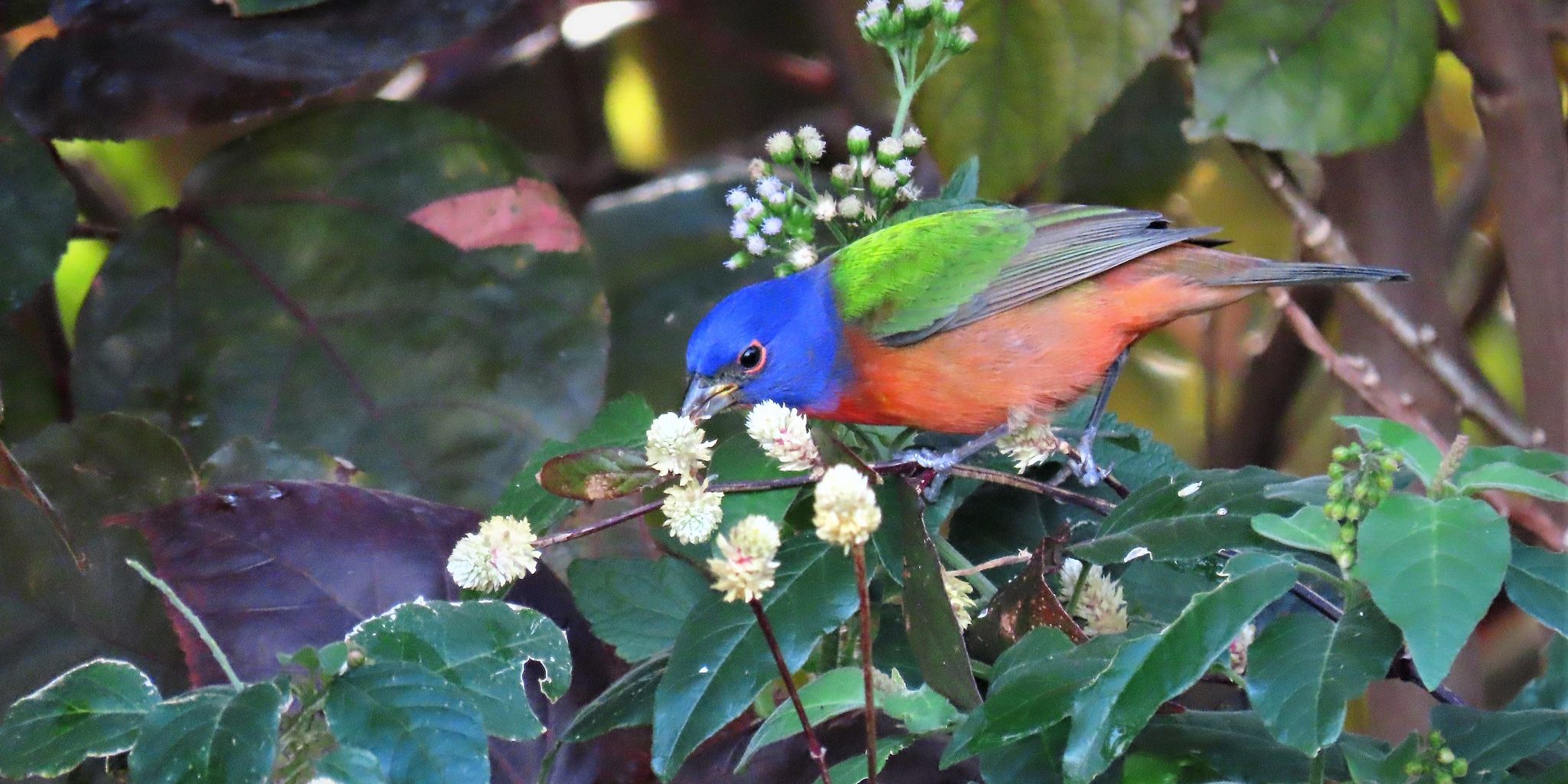
Birds are facing an unprecedented crisis; three billion fewer birds grace the skies of North America than in 1970. But there’s reason for hope if we act swiftly. We call on you to urge Congress to pass the Recovering America’s Wildlife Act, bipartisan legislation that will provide $1.4 billion annually in wildlife conservation funding to states and tribes. Our goal is for bill passage by this summer.
Now is the time to act on behalf of birds that bring us joy and connect us to our communities and the world. We are racing toward the finish line, please help us change the course of history for birds!
Take Action: Tell Congress to Pass Recovering America’s Wildlife Act Immediately
Below are some beloved birds you can help when you urge Congressional representatives to vote YES and pass the Recovering America’s Wildlife Act.
Painted Bunting

This brilliantly colored songbird suffers from the destruction of swampy thickets and woodland edges for urban development in its Southeast and south-central range. The Recovering America’s Wildlife Act will assure that biologists and foresters will continue efforts to conserve and improve oak woodland habitat on state and private lands.
Golden-winged Warbler
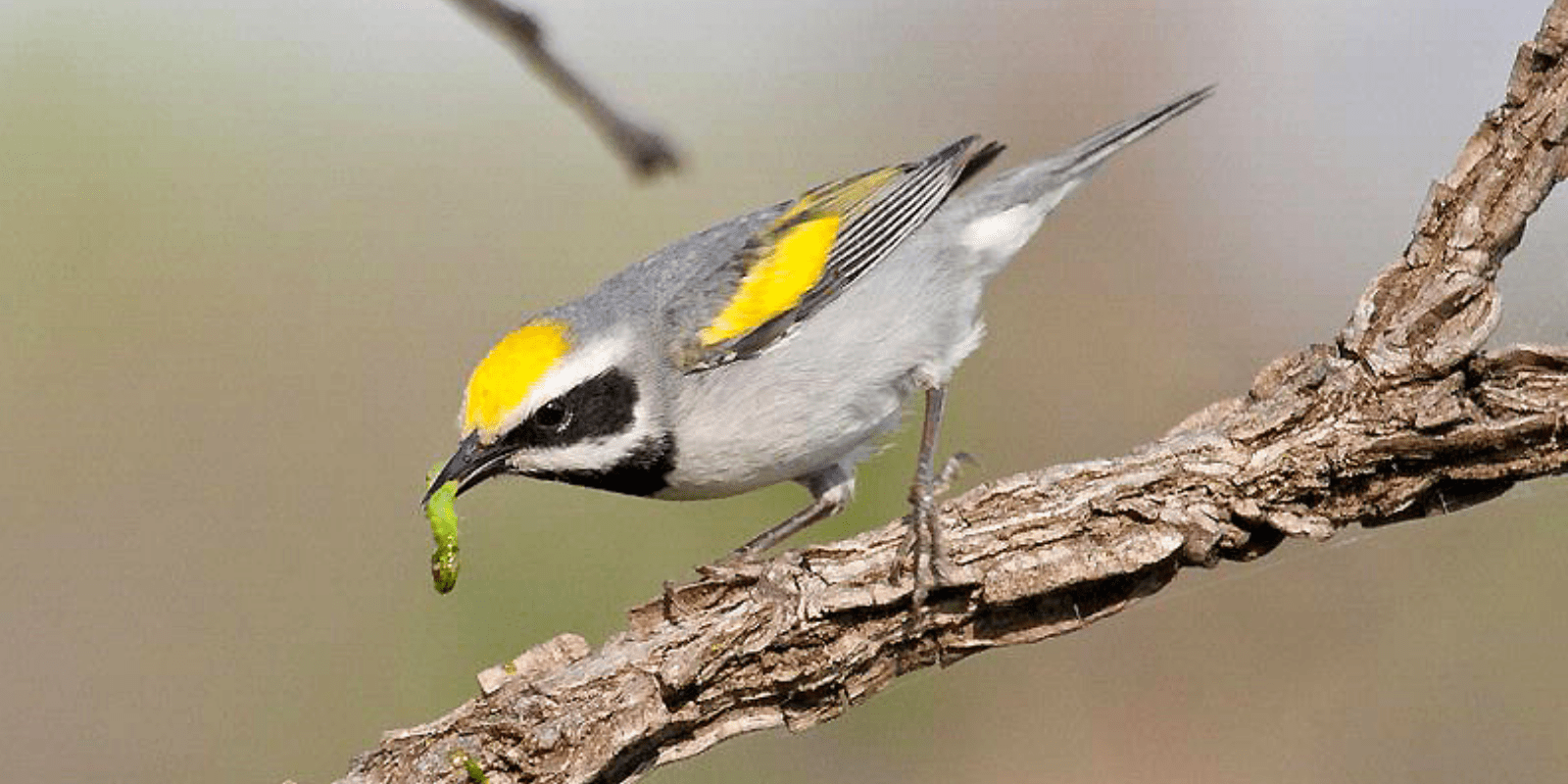
Recovering golden-winged warblers, who have lost as much as 98% of their population in the Appalachian Mountains since the 1960’s, requires restoring young forest habitat— an ongoing activity which supports jobs in the forestry industry.
Lewis’s Woodpecker

This fly-catching woodpecker nests in large snags (standing dead trees) within forests burned by wildfires, in open ponderosas, oaks, oak-pines, and cottonwood riparian woods. But they are declining and even disappearing from former homes. They depend on aerial insects to eat and standing dead trees for nest homes. The Recovering America’s Wildlife Act will fund investigations of habitat relationships and actions to maintain or restore forests.
Black Skimmer

Black skimmers fly just above the water skimming their lower bill below the surface, ready to snap up fish. Maryland’s black skimmers have declined by more than 90% in the past 20 years. Recovering America’s Wildlife Act will provide crucial funds to rebuild and replenish nesting islands for skimmers, terns, piping plovers, and other coastal birds.
Roseate Tern
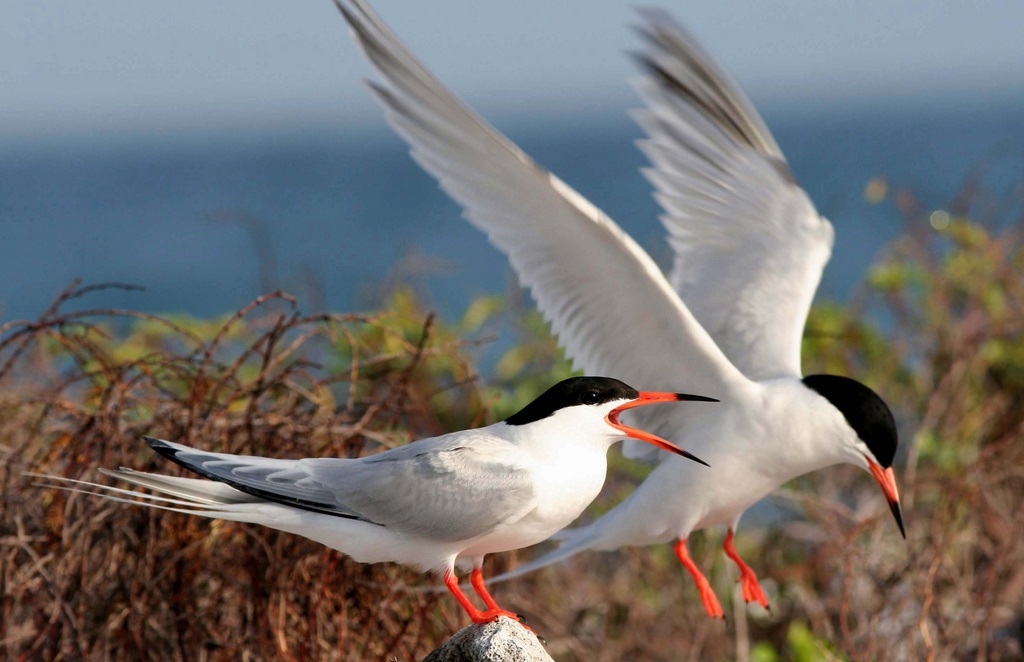
Federally listed as an endangered species in the Northeast, roseate tern populations are in decline from habitat loss, competition with gulls, and possible threats on their wintering grounds. Recovering America’s Wildlife Act will provide critical funds to protect nesting colonies of these birds on Massachusetts’ islands.
Burrowing Owl
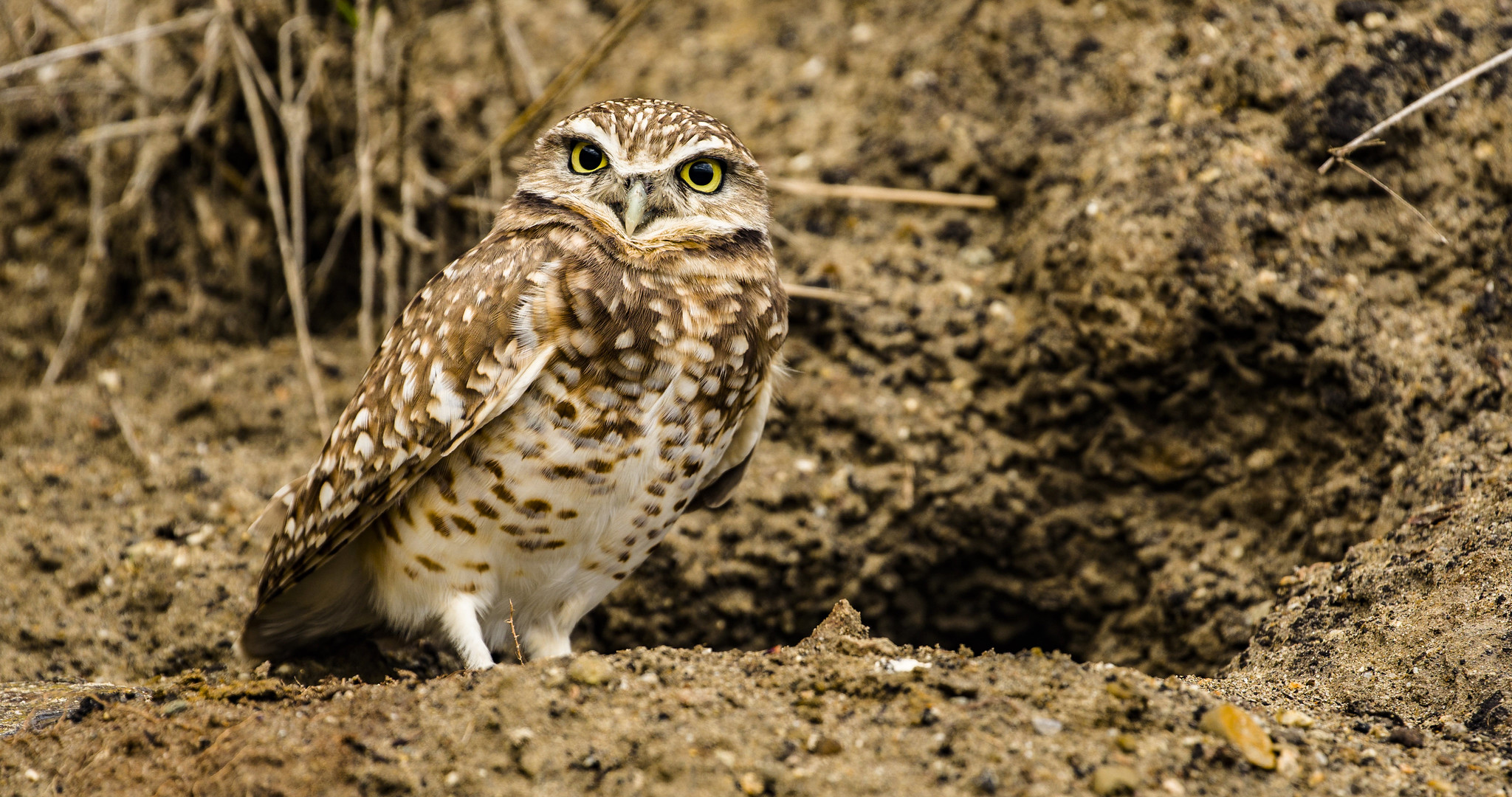
Florida’s burrowing owls have declined with the loss of native habitat, and they are now adapting to altered landscapes like golf courses, vacant lots, and airports. With help from Recovering America’s Wildlife Act, Florida Wildlife Commission and partners can restore healthy burrowing owl populations by encouraging communities to install starter burrows, reduce the use of pesticides, and maintain open habitat around burrows.
Red Knot
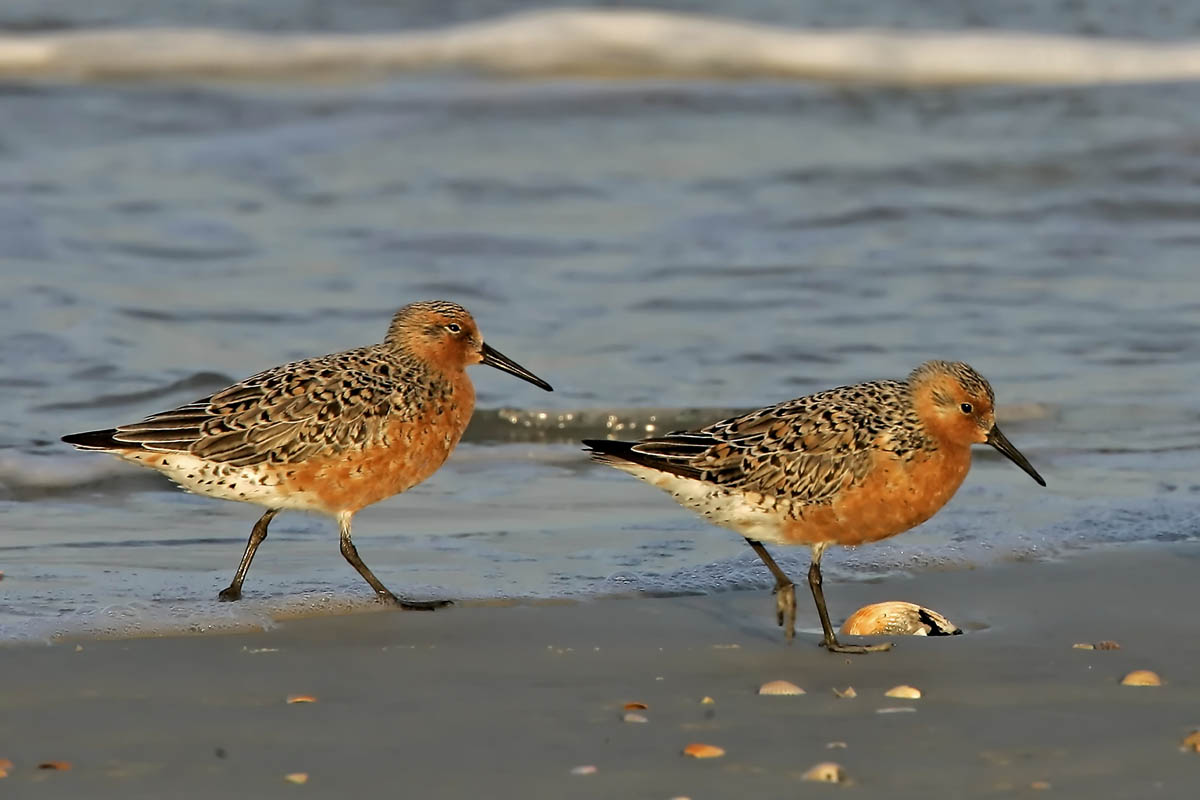
Migrating a stunning 9,000 miles from southern Argentina to the Arctic, the red knot has declined dramatically over the past few decades. Their mid-May arrival on our mid-Atlantic bayshores coincides with the spawning of horseshoe crabs—one of the most dramatic natural phenomena in the world. Funding from Recovering America’s Wildlife Act is critical for restoring beach habitat where erosion from historic salt marsh alterations and sea level rise have severely degraded horseshoe crab spawning.
Pinyon Jay
Credit: Alan Krakauer
The pinyon jay is the primary, long-distance disperser of piñon-pine seeds. It is also one of the fastest declining bird species in piñon-juniper habitats due to habitat loss, human disturbance, and climate change. Funding from Recovering America’s Wildlife Act will support crucial research to document home ranges and nesting colonies to then ensure this bird remains part of America’s natural heritage.
Whooping Crane
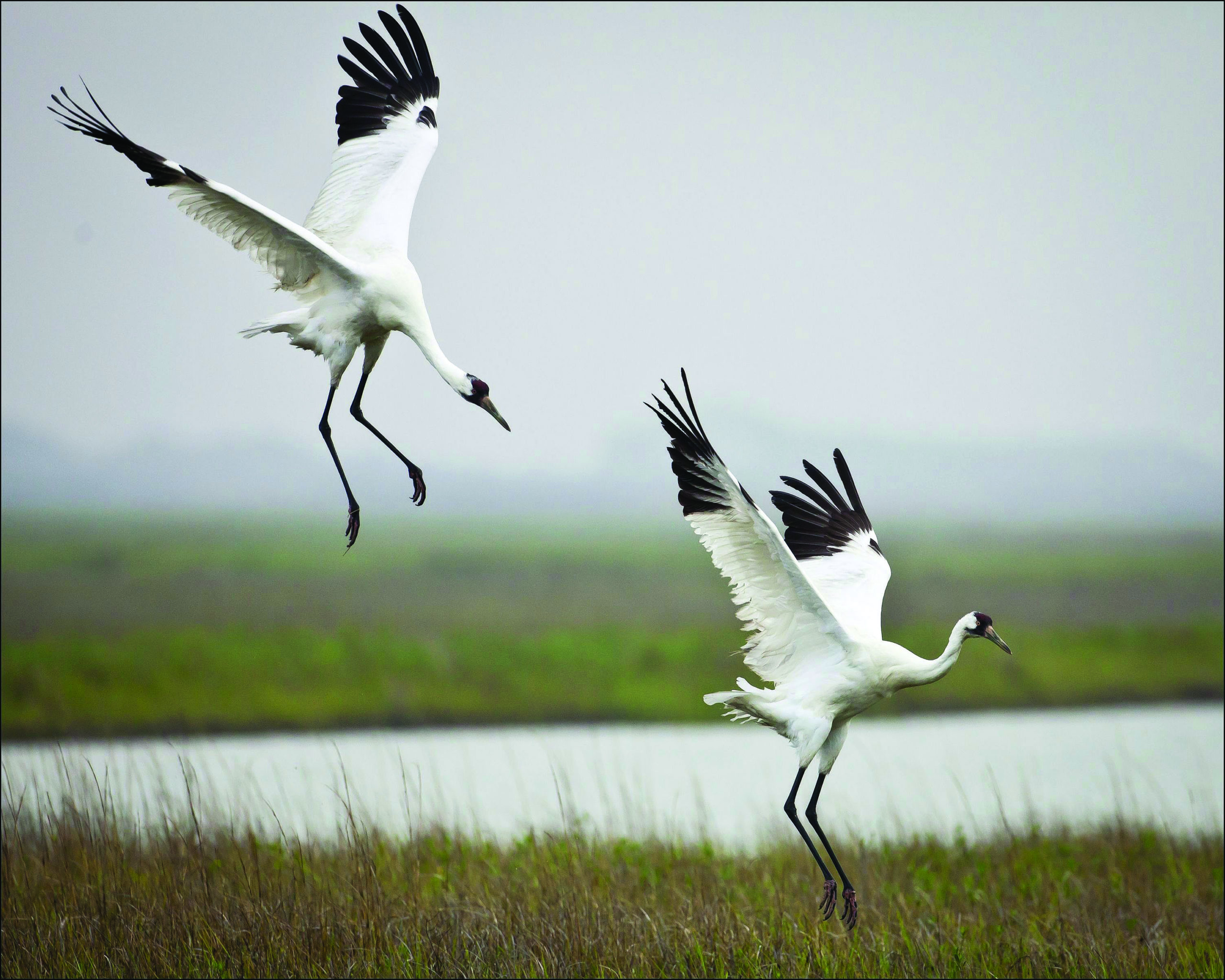
The tallest and one of the rarest birds in North America, the whooping crane, is showing promising recovery thanks to efforts on many fronts, from conserving wetland habitats to reintroduction. The Recovering America’s Wildlife Act will help assure newly introduced crane populations become self-sustaining—one key to this magnificent bird gliding off the Endangered Species list.
Western Meadowlark
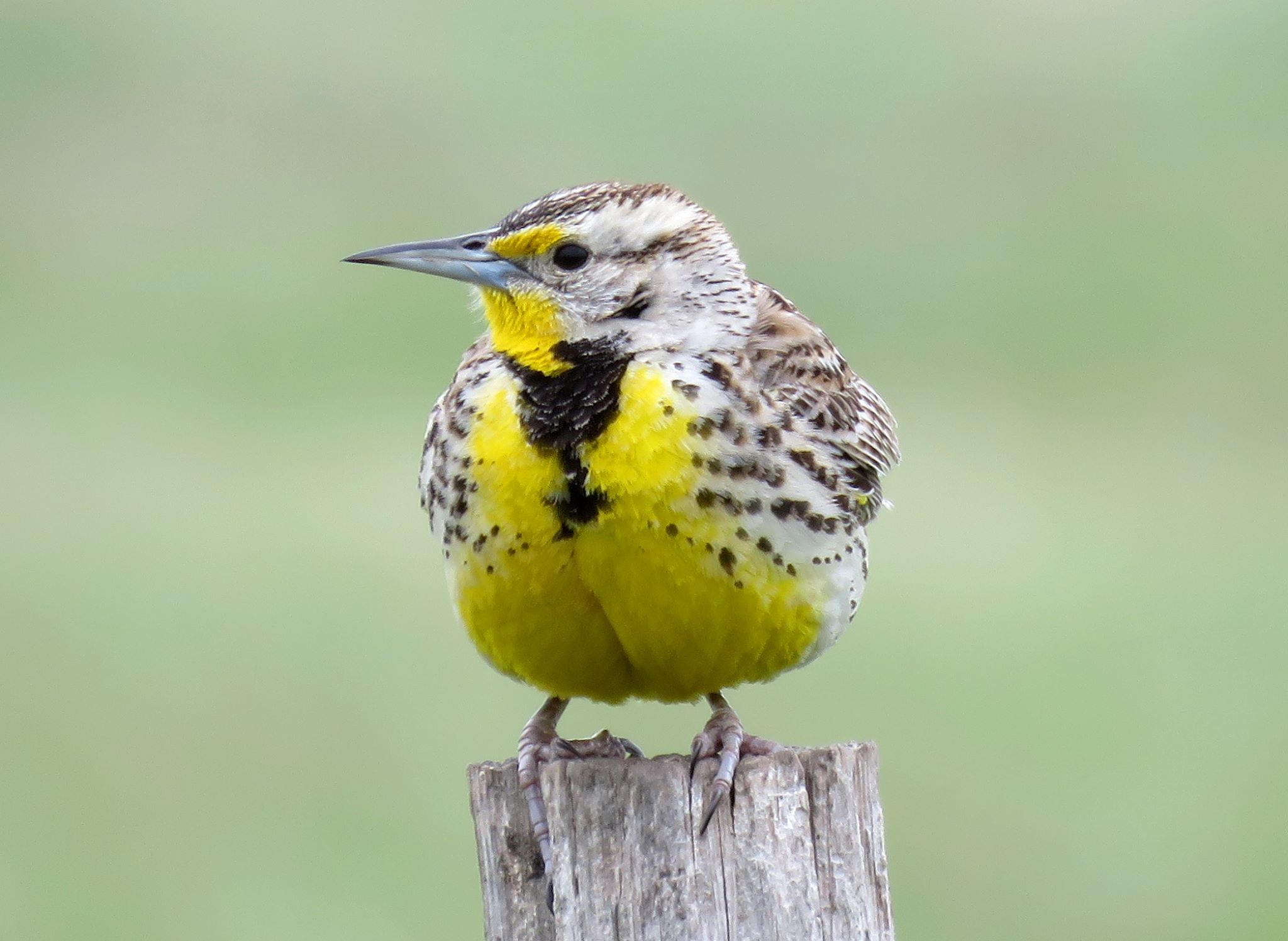
Far fewer meadowlarks serenade from the prairies today than a half century ago, threatened by loss of grassland habitat, early mowing of fields, overgrazing, and pesticides. The Meadowlark Initiative, with much needed funding from the Recovering America’s Wildlife Act, offers a win-win solution to recover meadowlarks– tapping into the collective insights, resources and efforts of conservation, agriculture, and industry partners to enhance, restore and sustain native grasslands.



















